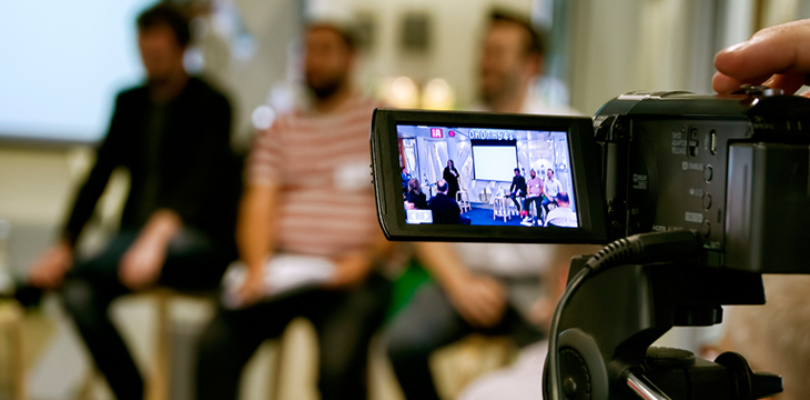It’s no secret that video live streaming enables brands to immediately, directly, and in real-time reach, and communicate with their audiences. Now that services like Facebook, YouTube, Instagram, and Twitter provide tools to make live streaming easier than ever, marketers alike are trying to figure out how to incorporate live into their video strategies.
Why is live streaming so valuable for the modern marketing organization?
For marketers focused on an inbound-centric marketing strategy, one which relies heavily on high quality-informative content to draw in buyers, then live streaming should be front and center. Whether its broadcasting webinars, a live event, or a weekly podcast, live is great because it captivates in real-time and can be converted to an on demand recording for future long term use.
For teams supporting customer success and customer support, live streaming can help build trust and customer loyalty. It’s great for responding to customer requests and solving problems in front of a live customer audience. Some companies have started offering live office hours with a product expert using live streaming.
How to get started
In the past much skill and tech knowledge was need to launch and run a live stream. Today it’s easier than ever to get started. Before getting started with a live streamed event, it’s better to run a series tests and experiment before allocating budget and running a broadcast in front of a judge-mental crowd.
Hardware
The easiest way to get started right away is to pull out a smart phone and connect to a social service like Instagram or Facebook and start streaming via their live applications. This method requires no additional investment in hardware since most people have mobile phones with cameras today. It’s become acceptable to use these services to “go-live” and audiences will forgive stream quality as long as the content delivered is engaging, entertaining, valuable or informative.
Marketers interested in in higher-quality audio and video have a wide range of solutions to choose from. To produce live events the following hardware should be included in the stack:
- Digital Camera – high quality cameras are more affordable than ever these days and easy to connect to a laptop for direct stream or hardware encoders.
- Microphone – sounds is just as important as the video, make sure to have a high quality microphone and sound capture device.
- Encoders – devices that encode the signal coming from the cameras and digitize it so it can be streamed across the internet.
Software
Software is certainly one of the most important components of the streaming stack. Picking the right streaming software can make all the difference in the world. The software connects to the camera and allows the stream out across the web to the audience. There are three different categories of streaming software: Social, Free Premium, and Premium.
- Social – Facebook, Instagram, and YouTube are examples of services that provide free live streaming. All one needs to do is connect a camera and start the stream to broadcast to an audience.
- Free Premium – Livestream, Ustream, and other premium providers provide free, ad driven packages for hosting a live stream.
- Premium – Brightcove, Ooyala, Livestream, and other premium providers offer full packages for live streaming.
A complete live stream setup should include camera and production gear, encoders, and software to get the stream online to broadcast to audiences. To browse more resources on live streaming and search software solutions, click here.

